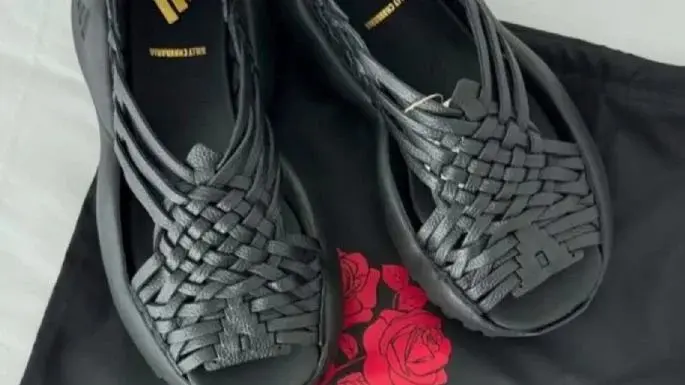
The Department of Cultures and Arts of the State of Oaxaca (SECULTA) raised its voice on Monday to publicly denounce and reject a case of cultural appropriation involving designer Willy Chavarría and the company Adidas, who released the “Oaxaca Slip On” shoe without authorization from the community of Villa Hidalgo Yalalag — the origin of the traditional elements used as aesthetic inspiration for the design.
The state agency stated that the appropriation of cultural elements from indigenous communities without prior consent constitutes a violation of collective rights and contravenes the Federal Law for the Protection of the Cultural Heritage of Indigenous and Afro-Mexican Peoples and Communities.
“This action renders invisible the true creators of cultural heritage and reproduces historical dynamics of dispossession,” the Department warned in an official statement.
In this context, SECULTA demanded three concrete measures:
The statement emphasized that the culture of indigenous peoples “is not a resource available to be exploited without respect or reciprocity,” and stressed the need to correct this historical injustice through the empowerment and visibility of affected communities.
Finally, SECULTA reaffirmed its commitment to defending the living heritage of the peoples of Oaxaca, and to honoring their cultural creations as a legitimate expression of identity and resistance.
Related: Artists from Mexico and the United States beautify a Mexico City neighborhood
Mexican Press Agency is part of ALMA, which is dedicated to news and information about Mexico and Mexicans in the United States and is a fiscally sponsored project of Social Focus, a 501(c)(3) nonprofit organization based in Redwood City, California.